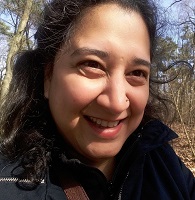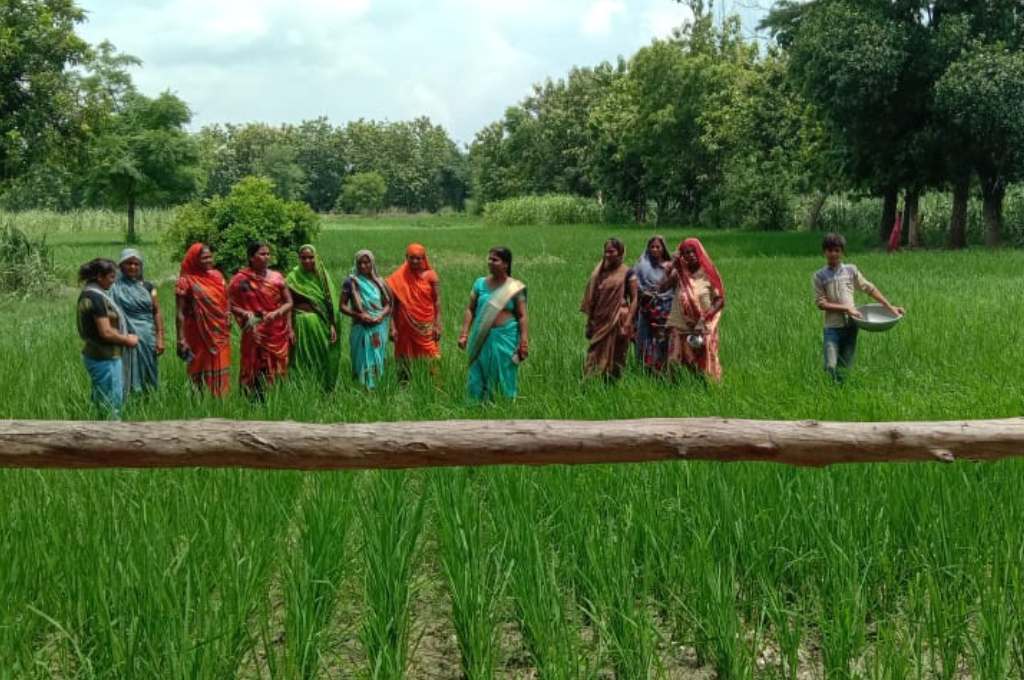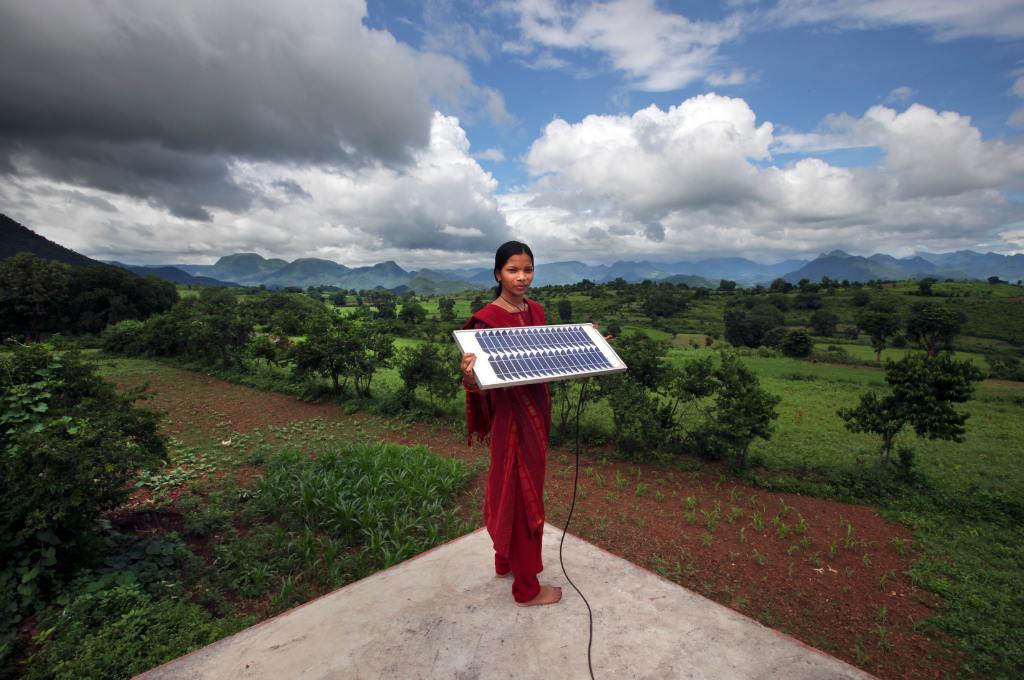Less than 30% of the world’s researchers are women, and only 18.5% in South and West Asia, UNESCO data shows. Where are these missing women? Although girls do well in school, and do enrol in the social sciences at university, their share declines rapidly at the post-graduate levels of education needed for research careers. They also face hurdles in the labour market across cultures, from hiring to promotion and tenure.
Does it matter that women are underrepresented? Yes. Research quality suffers when women’s contributions are excluded from key decisions such as choice of research topic, data collection or interpretation of results. It is also unjust: women cannot study or explain many of the world’s most pressing problems, despite being disproportionately affected by them.
Women’s participation in science, technology, engineering and mathematics (STEM) research tends to be low and improving gender equality in the scientific workforce is increasingly topical. No wonder Melinda Gates, who got her own start in tech, advocates for more women in the “hard” sciences. One may think that women do better in social science research. Truthfully, we don’t know exactly. We suspect the worst, for the same reasons that women are missing from across the research profession as a whole.
There has been no systematic way to count women in social science research, globally.
There has been no systematic way to count women in social science research, globally. A new effort to assess research systems by country—the Doing Research programme—does this partly, using an assessment matrix adaptable for gender. Such efforts will make it less difficult to track, with reliable and comparable data, women’s contributions, especially in developing countries.
Related article: Where are the women in policy making?
Stories of women’s capabilities in social science research are often undocumented. Kanchana Wickramasinghe, an economist at the Institute of Policy Studies in Sri Lanka, researched climate insurance for dry zone farmers, and her recommendations were included in the country’s budget proposal last year. A prize from the Japanese government, awarded through a global development research competition, enabled her to conduct this outstanding research, which she continues to pursue.
The Global Development Network includes women in its programmes, spanning 141 developing countries. But even for an organisation dedicated to research in developing countries, including more women is a serious challenge. Only 32% of the network’s 4,000 plus grantees are female. This is better than the global figure of 28.8%, but we work hard to improve it.

Photo courtesy: Pexels
At a recent international conference we hosted on Science, Technology and Innovation for Development, someone remarked, “Not another Manel!” A manel is an all-male panel of experts, and the word really hurt. Manels mirror real life. Qualified women researchers in senior positions, who are well published and globally mobile, are hard to find.
While the hunt continues, agencies recognise that equal opportunities for women cannot simply pop into existence. Upstream measures—such as gender inclusive higher education or bringing up boys to value female perspectives and work—are needed, requiring a multitude of actors. In the meantime, much can be done within the research arena.
Related articles: The development sector glass ceiling
Institutional measures help level the playing field for women. While research careers can offer more flexibility to women than corporate life, transparency and monitoring of gender specific data, and reviewing hiring and promotion policies to include more women, especially in senior roles, are critical. Governments and funding institutions must actively and systematically earmark funding and training programmes to support women researchers.
Women’s time or travel constraints can mean that they publish less, affecting both tenure and career progression.
Women in research face biases against hiring them, or the research they produce. They also lack role models and supportive research institutions. Surveys in South Africa, Latin America and even the UK have shown that young women researchers need mentors who are like them, and do not relate as well as to senior, white, male mentors. Women’s time or travel constraints can limit their multicountry or multisector work, meaning that they publish less, affecting both tenure and career progression.
Learning from good examples, such as the Organization for Women in Science for the Developing World, Grupo Sofia set up in Peru, and the Association for the Advancement of African Women Economists, is key. Mainstreaming gender perspectives into institutional operations is urgent, including systematic tracking across disciplines and countries. After all, the sustainable development targets focus on gender equality through a dedicated goal and as an integral part of most other development goals.
This article was originally published on Hindustan Times. You can view it here.
The views expressed are personal.





